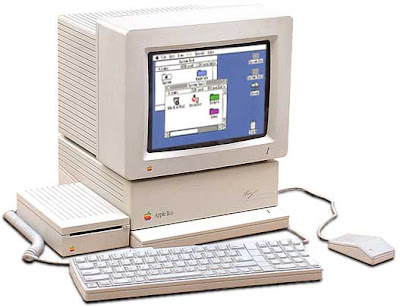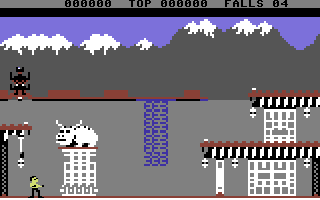

Choplifter!
The Atari 7800 ProSystem was the first game system from Atari Inc. designed by an outside company, General Computer Corporation (GCC). The system had been designed in 1983 and 1984 with an intended mass market rollout at the end of 1984. The project was originally called the 3600 and then later renamed the 7800.
Several key factors influenced the design of the 7800. First, Atari had been facing mounting pressure from the ColecoVision, which boasted graphics that more closely mirrored arcade games of the time than Atari’s reigning 2600 VCS system. Second, the Atari 5200 (the original intended successor to the Atari 2600 VCS) had been widely criticized for not being able to play Atari 2600 VCS games and for the poor quality of its analog joysticks. Finally, dropping prices of home computers like the Commodore 64 had caused many to believe that buying a home computer was a better investment because it provided more detailed game play and could be used for other purposes such as word processing.

F-18 Hornet
Previous game consoles sometimes had a difficult time replicating the arcade experience in home versions of popular arcade games. In particular, home versions of arcade games sometimes had problems with flickering and slow down when more than a few moving objects appeared on the screen at once. GCC, which had a background in creating arcade games, designed their new system with a graphical architecture similar to arcade machines of the time. The 7800 featured the ability to move around tremendous amount of objects (75-to-100) that far exceeded previous consoles. Powering the system was a 6502C processor running at 1.79 MHz, similar to the processor found in home computers (Atari 8-bit, Apple II, Commodore 64) and other consoles (Atari 5200 and Nintendo Entertainment System).

Pole Position II
In response to the criticisms of the Atari 5200, the Atari 7800 could play almost all Atari 2600 games out of the box, without the need for an adapter. In addition, it featured a return to a digital controller.
To address the concerns of parents that home computers were a better investment than consoles, the system was designed to be upgraded to a full-fledged home computer. A keyboard was developed, and the keyboard had an expansion port (which was the SIO port from Atari's 8-bit computer line, though the 7800 could not run Atari computer programs) allowed for the addition of peripherals such as disk drives and printers.

Super Huey UH-IX
To enhance the gaming experience further, GCC had also designed a 'high score cartridge,' a battery-backed RAM cart designed for storing game scores. On the side of the 7800 was an expansion port, reportedly for a planned connection with a laserdisc player." (Wikipedia)
Download from Megaupload:
Atari 7800 - Applications (TOSEC-v2005-10-05)
Atari 7800 - BIOS (TOSEC-v2006-05-05)
Atari 7800 - Games (TOSEC-v2005-10-05)
http://www.megaupload.com/?d=K3HW0GW0




























 "The
"The 








